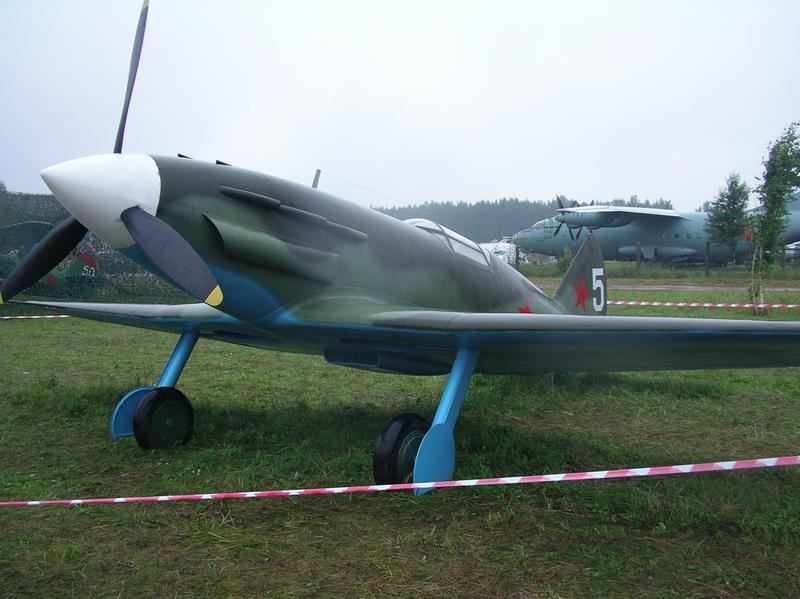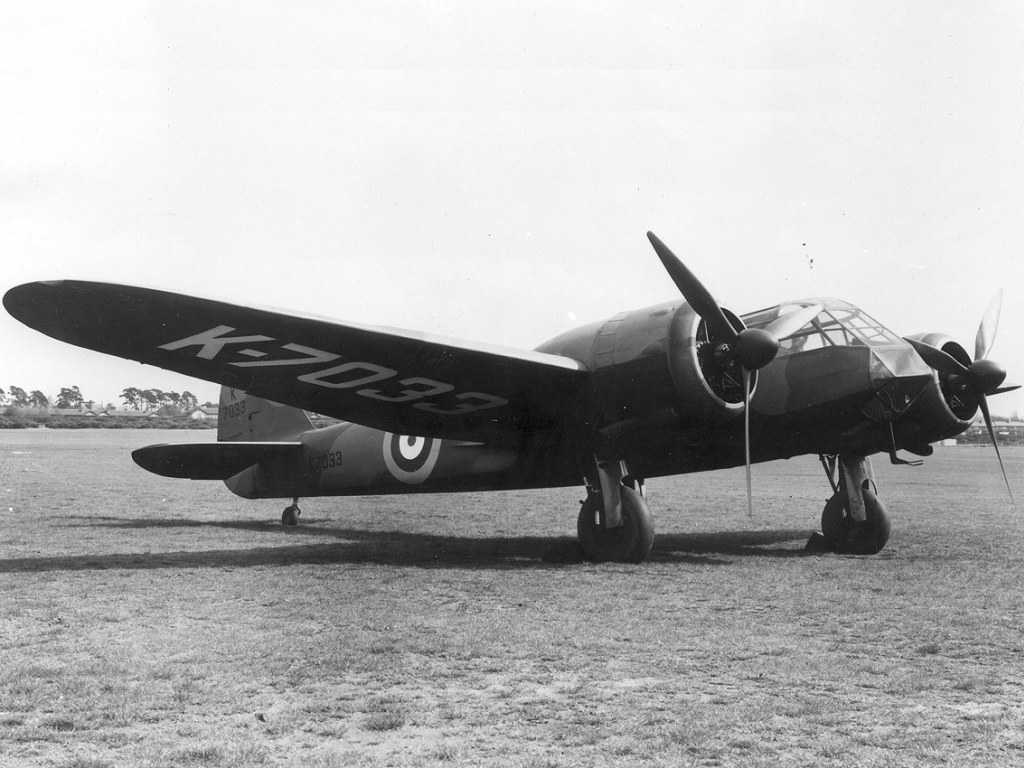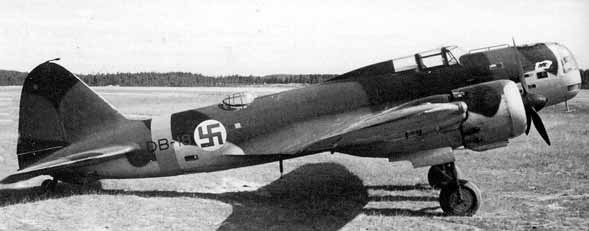|
Hävittäjälentolaivue 24
No. 24 Squadron ( fi, Lentolaivue 24 or ''LLv.24'', from 3 May 1942 ''Le. Lv.24''), renamed No. 24 Fighter Squadron (Finnish: ''Hävittäjälentolaivue 24'' or ''HLe.Lv.24'' on 14 February 1944) was a fighter squadron of the Finnish Air Force during World War II. The squadron was part of Flying Regiment 2. During the Winter War, all Fokker D.XXIs - Finland's only modern fighter - were concentrated into the No. 24 Sqn, making it the only frontline fighter force. No. 24 Squadron was the most successful fighter squadron of the Finnish Air Force during World War II, claiming 877 aerial victories for a loss of 38 aircraft and 18 pilots. The unit produced seven Mannerheim Cross winners, including Ilmari Juutilainen and Hans Wind, the two top-scoring aces. After the re-organization of the Finnish Air Force after World War II, HLeLv 24 was renamed into HLeLv 31. Today it is part of the Karelian Wing, flying F-18 Hornets and still sporting the "Supersonic Lynx" as its emblem. His ... [...More Info...] [...Related Items...] OR: [Wikipedia] [Google] [Baidu] |
Winter War
The Winter War,, sv, Vinterkriget, rus, Зи́мняя война́, r=Zimnyaya voyna. The names Soviet–Finnish War 1939–1940 (russian: link=no, Сове́тско-финская война́ 1939–1940) and Soviet–Finland War 1939–1940 (russian: link=no, Сове́тско-финляндская война́ 1939–1940) are often used in Russian historiographybr>В.Н. Барышников. От прохладного мира к Зимней войне. Восточная политика Финляндии в 1930–е годы. Санкт-Петербург, 1997.; О.Д. Дудорова. Неизвестные страницы Зимней войны. In: Военно-исторический журнал. 1991. №9.; Зимняя война 1939–1940. Книга первая. Политическая история. М., 1998. – ; ttp://www.otvaga2004.narod.ru/photo/winterwar/wwar1.htm М. Коломиец. Танки в Зимней войне 19 ... [...More Info...] [...Related Items...] OR: [Wikipedia] [Google] [Baidu] |
Polikarpov I-153
The Polikarpov I-153 ''Chaika'' (Russian ''Чайка'', "Seagull") was a late 1930s Soviet biplane fighter. Developed as an advanced version of the I-15 with a retractable undercarriage, the I-153 fought in the Soviet-Japanese combats in Mongolia and was one of the Soviets' major fighter types in the early years of the Second World War. Three I-153s are still flying. Design and development In 1937, the Polikarpov design bureau carried out studies to improve on the performance of its I-15 and I-15bis biplane fighters without sacrificing manoeuvrability, as Soviet tactical doctrine was based on a mix of high performance monoplane fighters (met by the Polikarpov I-16) and agile biplanes.Gordon and Dexter 1999, p. 124. Early combat experience from the Spanish Civil War had shown that the I-16 had problems dealing with the Fiat CR.32 biplanes used by the Italian forces supporting the Nationalists, which suggested a need to continue the use of biplane fighters, and as a result, Po ... [...More Info...] [...Related Items...] OR: [Wikipedia] [Google] [Baidu] |
Ilyushin Il-2
The Ilyushin Il-2 (Russian: Илью́шин Ил-2) is a ground-attack plane that was produced by the Soviet Union in large numbers during the Second World War. The word ''shturmovík'' (Cyrillic: штурмовик), the generic Russian term for a ground-attack aircraft, became a synecdoche for the Il-2 in English sources, where it is commonly rendered Shturmovik, StormovikStapfer, 1995 and Sturmovik.Rastrenin, 2008 To Il-2 pilots, the aircraft was known by the diminutive "Ilyusha". To the soldiers on the ground, it was called the "Hunchback", the "Flying Tank" or the "Flying Infantryman". Its postwar NATO reporting name was Bark.Gunston 1995, p. 106. During the war, 36,183 units of the Il-2 were produced, and in combination with its successor, the Ilyushin Il-10, a total of 42,330Jane's 1989, p. 529. were built, making it the single most produced military aircraft design in aviation history, as well as one of the most produced piloted aircraft in history along with the A ... [...More Info...] [...Related Items...] OR: [Wikipedia] [Google] [Baidu] |
Lavochkin La-5
The Lavochkin La-5 (Лавочкин Ла-5) was a Soviet fighter aircraft of World War II. It was a development and refinement of the LaGG-3, replacing the earlier model's inline engine with the much more powerful Shvetsov ASh-82 radial engine. During its time in service, it was one of the Soviet Air Force's most capable types of warplane, able to fight German designs on an equal footing. Development The La-5 descended from the LaGG-1 and LaGG-3, aircraft designed by Vladimir Gorbunov before the Second World War. The LaGG-1 was underpowered, and the LaGG-3 - with a lighter airframe and a stronger engine did not solve the problem. By early 1942, the LaGG-3's shortcomings led to Lavochkin falling out of Joseph Stalin's favour, and LaGG-3 factories converting to Yakovlev Yak-1 and Yak-7 production. During the winter of 1941–1942, Lavochkin worked unofficially to improve the LaGG-3. Design work was conducted in a small hut beside an airfield. In early 1942, Gorbunov replaced ... [...More Info...] [...Related Items...] OR: [Wikipedia] [Google] [Baidu] |
Lavochkin LaGG-3
The Lavochkin-Gorbunov-Gudkov LaGG-3 (Лавочкин-Горбунов-Гудков ЛаГГ-3) was a Soviet fighter aircraft of World War II. It was a refinement of the earlier LaGG-1 and was one of the most modern aircraft available to the Soviet Air Force at the time of Germany's invasion in 1941. Compared to its opponents the LaGG-3 was underpowered and, despite its wooden construction, overweight. It was unpopular with Soviet pilots, but despite this, at one point in the war, on average 12 LaGG-3s were being completed daily and 6,528 had been built in total when production switched to the Yak-3 in 1944. The LaGG-3 was steadily improved, forming the basis for the more successful La-5 and La-7. Design and development The prototype of the LaGG-3 was called the I-301 and was designed by Semyon A. Lavochkin, Vladimir P. Gorbunov and Mikhail I. Gudkov. The prototype was later renamed the LaGG-1 and production aircraft were called the LaGG-3. The prototype was designed and p ... [...More Info...] [...Related Items...] OR: [Wikipedia] [Google] [Baidu] |
MiG-3
The Mikoyan-Gurevich MiG-3 (russian: Микоян и Гуревич МиГ-3) was a Soviet fighter-interceptor used during World War II. It was a development of the MiG-1 by the OKO (opytno-konstruktorskij otdel — Experimental Design Department) of Zavod (Factory) No. 1 in Moscow to remedy problems found during the MiG-1's development and operations. It replaced the MiG-1 on the production line at Factory No. 1 on 20 December 1940 and was built in large numbers during 1941 before Factory No. 1 was converted to build the Ilyushin Il-2. On 22 June 1941, at the beginning of Operation Barbarossa, some 981 were in service with the Soviet Air Forces (VVS), the Soviet Air Defence Forces (PVO) and Soviet Naval Aviation. The MiG-3 was difficult to fly in peacetime and much more so in combat. Originally designed as a high-altitude fighter-interceptor, combat over the Eastern Front was generally at lower altitudes, where it was inferior to the German Messerschmitt Bf 109 as well as most ... [...More Info...] [...Related Items...] OR: [Wikipedia] [Google] [Baidu] |
Hawker Hurricane
The Hawker Hurricane is a British single-seat fighter aircraft of the 1930s–40s which was designed and predominantly built by Hawker Aircraft Ltd. for service with the Royal Air Force (RAF). It was overshadowed in the public consciousness by the Supermarine Spitfire during the Battle of Britain in 1940, but the Hurricane inflicted 60 percent of the losses sustained by the Luftwaffe in the campaign, and fought in all the major theatres of the Second World War. The Hurricane originated from discussions between RAF officials and aircraft designer Sir Sydney Camm about a proposed monoplane derivative of the Hawker Fury biplane in the early 1930s. Despite an institutional preference for biplanes and lack of interest by the Air Ministry, Hawker refined their monoplane proposal, incorporating several innovations which became critical to wartime fighter aircraft, including retractable landing gear and the more powerful Rolls-Royce Merlin engine. The Air Ministry ordered Hawker's ''Int ... [...More Info...] [...Related Items...] OR: [Wikipedia] [Google] [Baidu] |
Lend-lease
Lend-Lease, formally the Lend-Lease Act and introduced as An Act to Promote the Defense of the United States (), was a policy under which the United States supplied the United Kingdom, the Soviet Union and other Allied nations with food, oil, and materiel between 1941 and 1945. It was given on the basis that such help was essential for the defense of the United States; this aid included warships and warplanes, along with other weaponry. It was signed into law on March 11, 1941, and ended on September 20, 1945. In general, the aid was free, although some hardware (such as ships) were returned after the war. Canada, already a belligerent, supplemented its aid to Great Britain with a similar, smaller program called Mutual Aid. A total of $50.1 billion (equivalent to $ in ) worth of supplies was shipped, or 17% of the total war expenditures of the U.S. In all, $31.4 billion went to the United Kingdom, $11.3 billion to the Soviet Union, $3.2 billion to France, $1.6 billion to Chin ... [...More Info...] [...Related Items...] OR: [Wikipedia] [Google] [Baidu] |
Bristol Blenheim
The Bristol Blenheim is a British light bomber aircraft designed and built by the Bristol Aeroplane Company (Bristol) which was used extensively in the first two years of the Second World War, with examples still being used as trainers until the end of the war. Development began with the ''Type 142'', a civil airliner, in response to a challenge from Lord Rothermere to produce the fastest commercial aircraft in Europe. The ''Type 142'' first flew in April 1935, and the Air Ministry, impressed by its performance, ordered a modified design as the ''Type 142M'' for the Royal Air Force (RAF) as a bomber. Deliveries of the newly named Blenheim to RAF squadrons commenced on 10 March 1937. In service the Type 142M became the Blenheim Mk.I which would be developed into the longer Type 149, designated the Blenheim Mk.IV, except in Canada where Fairchild Canada built the Type 149 under licence as the Bolingbroke. The Type 160 Bisley was also developed from the Blenheim, but was already o ... [...More Info...] [...Related Items...] OR: [Wikipedia] [Google] [Baidu] |
Brewster F2A
The Brewster F2A Buffalo is an American fighter aircraft which saw service early in World War II. Designed and built by the Brewster Aeronautical Corporation, it was one of the first U.S. monoplanes with an arrestor hook and other modifications for aircraft carriers. The Buffalo won a competition against the Grumman F4F Wildcat in 1939 to become the U.S. Navy's first monoplane fighter aircraft. Although superior to the Grumman F3F biplane it replaced, and the early F4Fs,Wheeler 1992, p. 58. the Buffalo was largely obsolete when the United States entered the war, being unstable and overweight, especially when compared to the Japanese Mitsubishi A6M Zero. Several nations, including Finland, Belgium, Britain and the Netherlands, ordered the Buffalo. The Finns were the most successful with their Buffalos, flying them in combat against early Soviet fighters with excellent results.Ethell 1995, p. 212. During the Continuation War of 1941–1944, the B-239s (de-navalized F2A-1s) operated ... [...More Info...] [...Related Items...] OR: [Wikipedia] [Google] [Baidu] |
Bay Of Vyborg
Vyborg Bay (, , ) is a deep inlet running northeastward near the eastern end of Gulf of Finland The Gulf of Finland ( fi, Suomenlahti; et, Soome laht; rus, Фи́нский зали́в, r=Finskiy zaliv, p=ˈfʲinskʲɪj zɐˈlʲif; sv, Finska viken) is the easternmost arm of the Baltic Sea. It extends between Finland to the north and E ... in the Baltic Sea. The city of Vyborg is located near the head of the gulf. The Monrepos Park is considered a jewel of the bay and a major draw for tourists. Since the mid-19th century, the bay has been connected by the Saimaa Canal to the lake Saimaa in Finland. In 1790 the bay was the scene of one of the largest naval battles in history, the Battle of Vyborg Bay with a total of 498 Russian and Swedish ships. The end of the bay is called Zashchitnaya Bay (, . In the Middle Ages the river Vuoksi had an outlet there, which however dried up little by little due to post-glacial rebound and was left completely dry in 1857 whe ... [...More Info...] [...Related Items...] OR: [Wikipedia] [Google] [Baidu] |
Ilyushin DB-3
The Ilyushin DB-3, where "DB" stands for ''Dalniy Bombardirovschik'' (Russian: Дальний бомбардировщик) meaning "long-range bomber", was a Soviet bomber aircraft of World War II. It was a twin-engined, low-wing monoplane that first flew in 1935. 1,528 were built. The DB-3 was the precursor of the Ilyushin Il-4 (originally designated DB-3F). Design and development The genesis of the DB-3 lay in the BB-2, Sergey Ilyushin's failed competitor to the Tupolev SB. Ilyushin was able to salvage the work and time invested in the BB-2's design by recasting it as a long-range bomber, again competing against a Tupolev design, the DB-2, to meet the stringent requirements of an aircraft capable of delivering a bombload to a range of at a maximum speed no less than . He had redesigned the BB-2 to take advantage of the radial Gnome-Rhône Mistral Major 14Kdrs engine, for which the Soviets had purchased a license in 1934 as the M-85, and had begun construction of the prototype ... [...More Info...] [...Related Items...] OR: [Wikipedia] [Google] [Baidu] |


.jpg)








